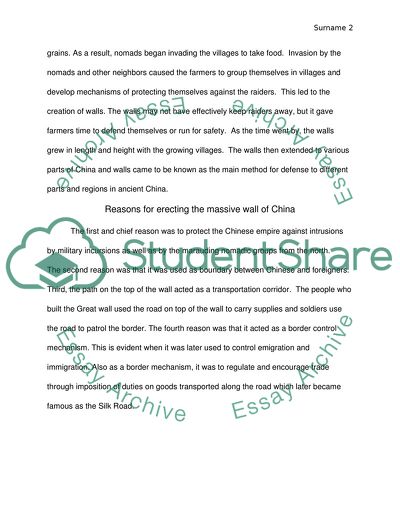Cite this document
(The History of the Great Wall of China Case Study Example | Topics and Well Written Essays - 3250 words, n.d.)
The History of the Great Wall of China Case Study Example | Topics and Well Written Essays - 3250 words. https://studentshare.org/engineering-and-construction/1822431-the-great-wall-of-china
The History of the Great Wall of China Case Study Example | Topics and Well Written Essays - 3250 words. https://studentshare.org/engineering-and-construction/1822431-the-great-wall-of-china
(The History of the Great Wall of China Case Study Example | Topics and Well Written Essays - 3250 Words)
The History of the Great Wall of China Case Study Example | Topics and Well Written Essays - 3250 Words. https://studentshare.org/engineering-and-construction/1822431-the-great-wall-of-china.
The History of the Great Wall of China Case Study Example | Topics and Well Written Essays - 3250 Words. https://studentshare.org/engineering-and-construction/1822431-the-great-wall-of-china.
“The History of the Great Wall of China Case Study Example | Topics and Well Written Essays - 3250 Words”. https://studentshare.org/engineering-and-construction/1822431-the-great-wall-of-china.


